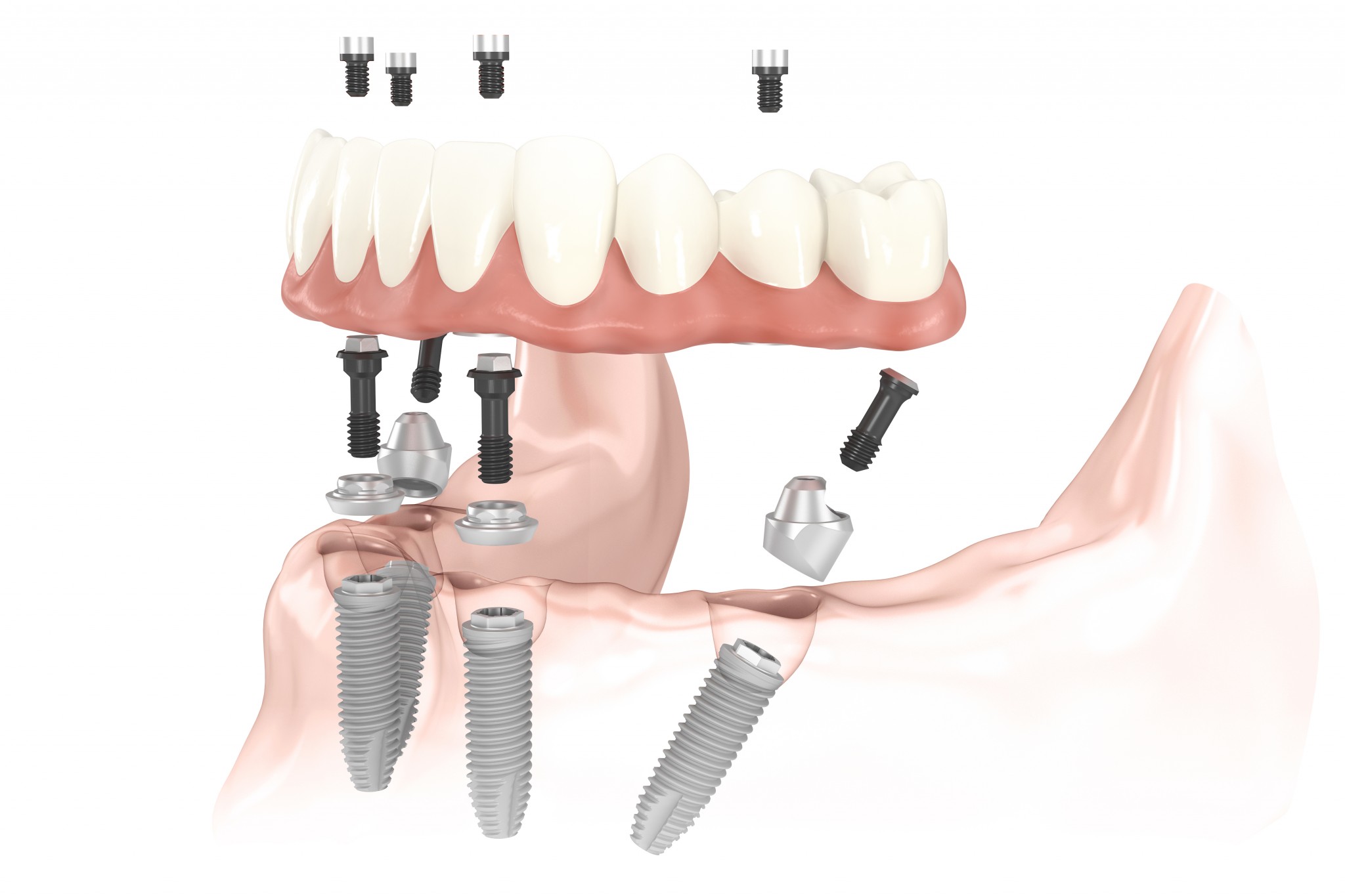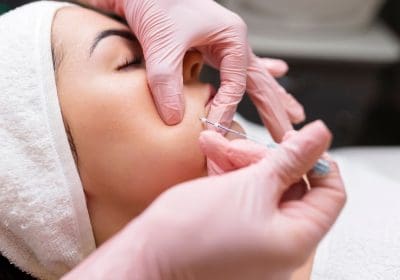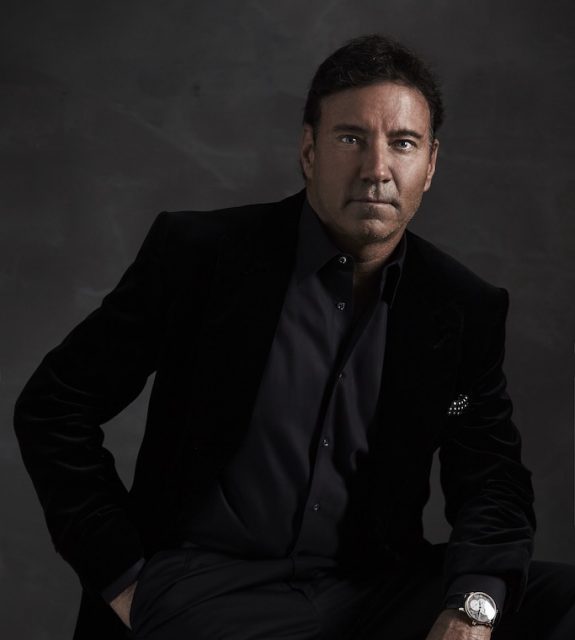
Undergoing dental implant treatment used to mean a lot of going from place to place and a lot of waiting around. There would be an array of separate visits to make to different specialists, a long wait for scan results, another long wait for your dental records and treatment plan to be transferred from facility to facility. Then you would have to wait again while each specialist contacted and communicated with the others about the treatment plan.
To give you a better idea of what traditional dental implant treatment would entail, below is a step by step guide:
- Step One: The first step to undergoing dental implant treatment would traditionally mean making an appointment to see a dental surgeon for a consultation and check-up. It could take weeks to find a suitable surgeon as well as one who was willing to work with your other selected treatment specialists.
- Step Two: Once you had your first consultation with an oral surgeon, the next step was to attend a specialist imagery lab where you would get a 3D CAT scan of your mouth. This information would then have to be sent back to your oral surgeon and to any other specialists who were involved in your treatment plan.
- Step Three: The next step is to return to see your oral surgeon who will then perform the implant procedure, as well as taking measurements for your temporary and permanent prosthetic teeth. These are then sent to the dental lab so that your prosthetic teeth can be created.
- Step Four: The dental lab creates the teeth and then sends them back to the oral surgeon for approval. If any changes need to be made, the teeth then have to be sent back to the dental lab, which can take weeks.
- Step Five: The temporary prosthetic teeth are fitted by your oral surgeon. Then, once your implants have healed, your permanent teeth are fitted.
By choosing to go down the traditional dental implant treatment route, you have to see several different specialists and wait for a longer period. You will also end up paying more for your treatment than you would do if you opted to undergo treatment at our specialist all-in-one facility.
The first part of the treatment process at Arthur Glosman DDS includes receiving a 3D CAT scan and a consultation with our specialist dental implant team to determine the best course of treatment for your specific needs. You will be told how much your treatment will cost you and that number will not change - it covers your treatment from start to finish. Your dental implant surgery will be performed in one day, and you will go home with a set of temporary, fully working prosthetic teeth. At each follow-up appointment, and at your fitting for your permanent teeth, you will meet with the same specialist team.
 Dr. Arthur Glosman’s Dentofacial approach to dentistry marries the form and function of the face to the shape, size, and color of the teeth.
Dr. Arthur Glosman’s Dentofacial approach to dentistry marries the form and function of the face to the shape, size, and color of the teeth.
View Dr. Arthur Glosman's profile and contact information here.
Image courtesy of Dr. Arthur Glosman

























